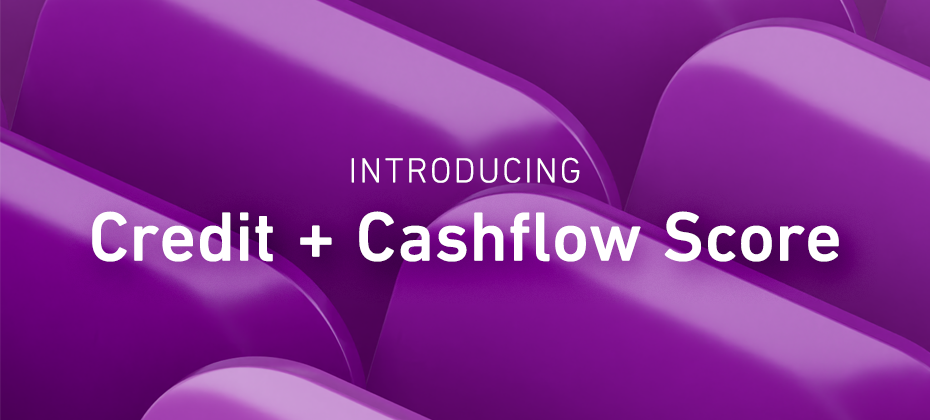As a scoring manager, this question has always stumped me because there was never a clear answer. It simply meant less than prime – but how much less? What does the term actually mean? How do you quantify something so subjective? Do you assign it a credit score? Which one? There were definitely more questions than answers.
But a new proposed ruling from the FDIC could change all that – at least when it comes to large bank pricing assessments. The proposed ruling does a couple of things to bring clarity to the murky waters of the subprime definition. First, it replaces the term “subprime” with “high-risk consumer loans”. Then they go one better: they quantify high-risk as having a 20% probability of default or higher. Finally, something we can calculate!
The arbitrary 3-digit credit score that has been used in the past to define the line between prime and subprime has several flaws. First of all, if a subprime loan is defined as having any particular credit score, it has to be for a specific version of a specific model at a specific time. That’s because the default rates associated to any given score is relative to the model used to calculate it. There are hundreds of custom-build and generic scoring models in use by lenders today – does that single score represent the same level of risk to all of them? Absolutely not.
And even if all risk models were calibrated exactly the same, just assigning credit risk a number has no real meaning over time. We all know what scores shift, that consumer credit behavior is not the same today as it was just 6 years ago. In 2006, if a score of X represented a 15% likelihood of default, that same score today could represent 20% or more. It is far better to align a definition of risk with its probability of default to begin with!
While it only currently applies to the large bank pricing assessments with the FDIC, this proposed ruling is a great step in the right direction. As this new approach catches on, we may see it start to move into other polices and adopted by various organizations as they assess risk throughout the lending cycle.


